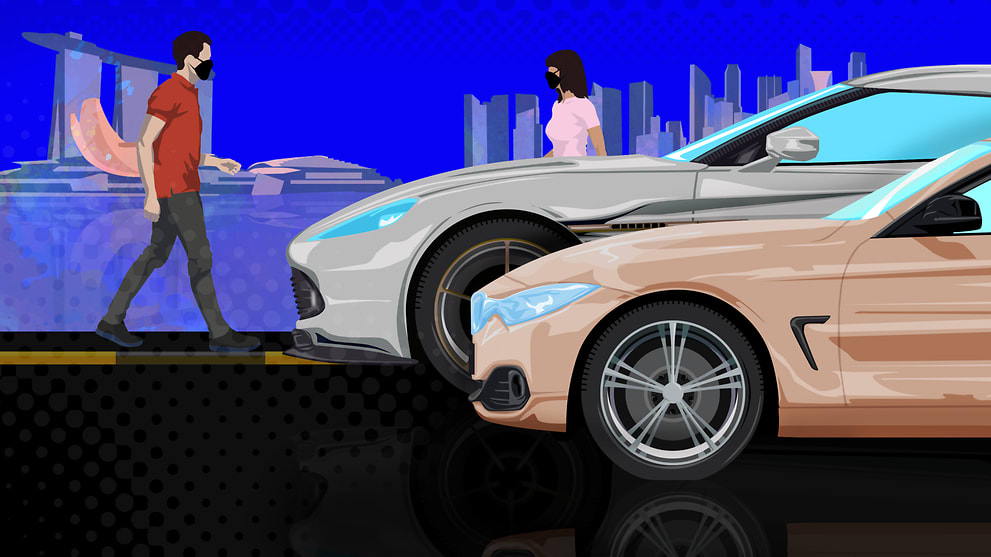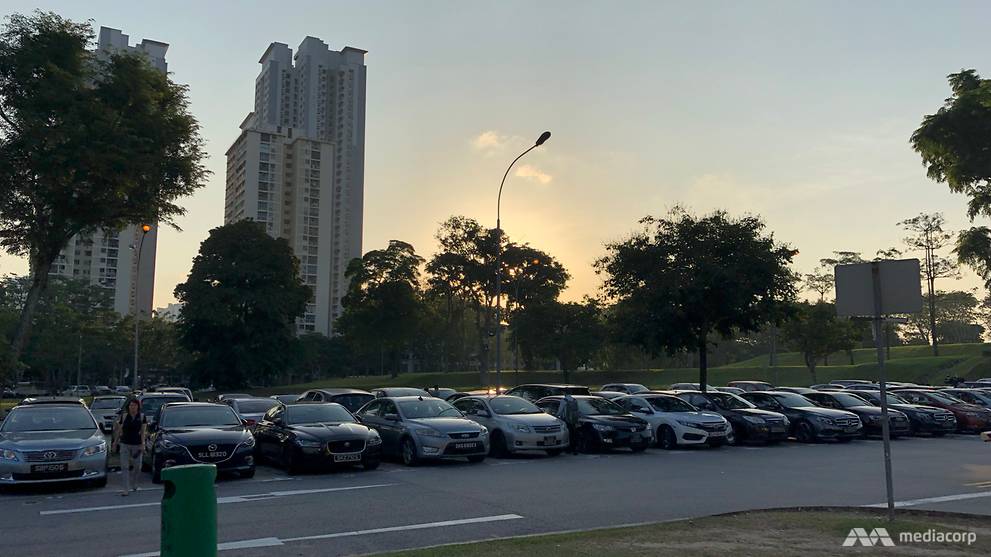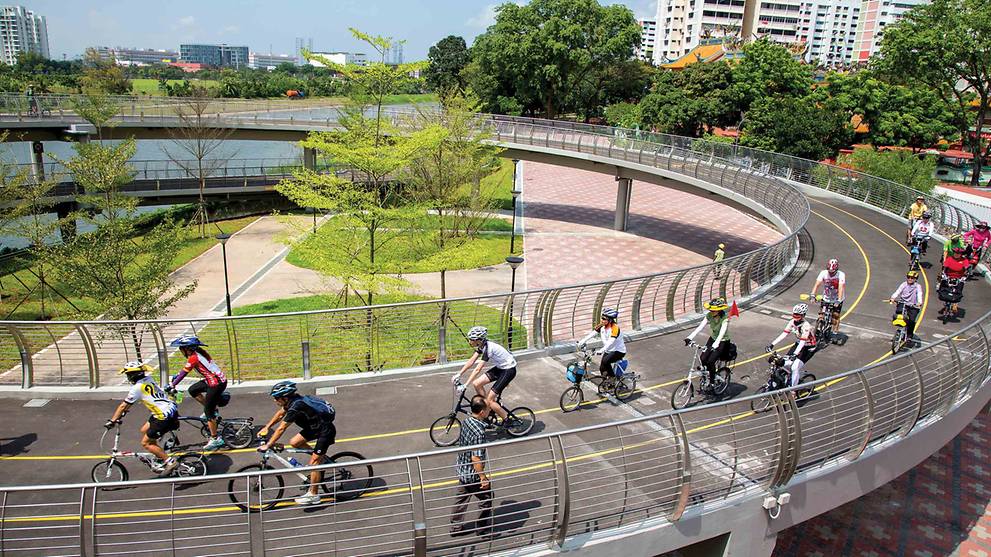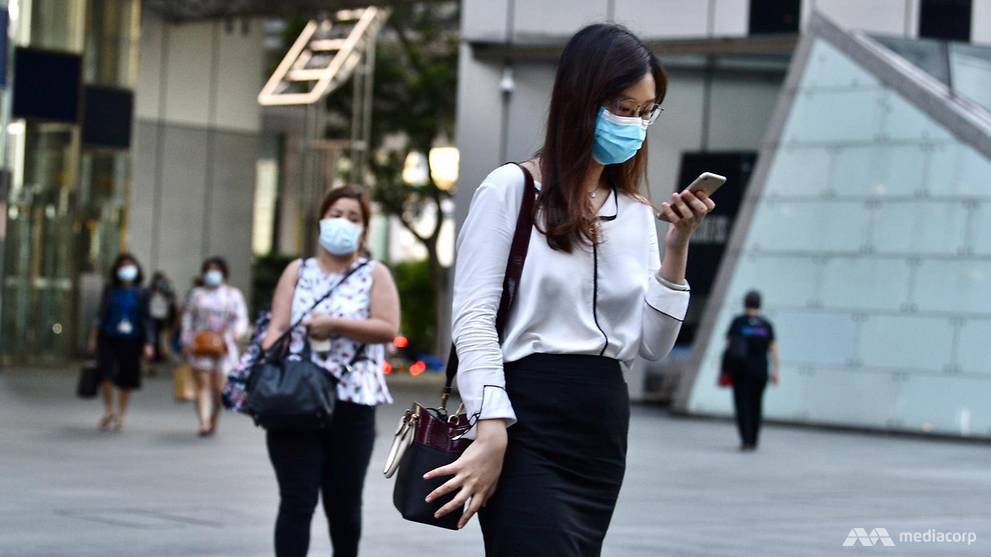
Commentary: Will COVID-19 dim Singapore’s love affair with cars?
by Annie TanOne of the silver linings of the pandemic has been decreased car usage and better air quality – but will this last? Annie Tan looks at how we might make a meaningful change.
SINGAPORE: Cars have long been part of the Singapore dream. In a small country measuring about 50km from east to west, many spend an inordinate amount of their disposable incomes on private automobiles.
So integral have this been to our idea of success and upward mobility, it even became part of a widely known acronym – the five Cs of cash, credit card, car, condominium and country club membership.
Even stratospheric Certificate of Entitlement (COE) prices pushing car costs to more than five times higher than Australia, China and the United States has done little to dull demand. Neither has the increasingly undeniable climate conversation made a notable dent.
READ: Commentary: Air-conditioning – the unspoken energy guzzler in Singapore
Today, there are nearly 1 million vehicles for our 5.8 million population. With one in six Singaporeans owning a vehicle, traffic jams had been daily affairs.

That was until early this year, when some of the most congested expressways suddenly cleared up. For the first time in more than 20 years, all Electronic Road Pricing (ERP) gantries were suspended for months.
Did COVID-19 and social distancing finally change our relationship with cars?
A GREEN REPRIEVE
It would seem so at first. During Singapore’s circuit breaker, the Land Transport Authority (LTA) reported as much as a 60 per cent drop in traffic volume. With 10 million daily trips before the pandemic, this means we made six million fewer trips each day.
As virtual meeting spaces replaced physical ones, and Zoom closed physical distances, congested roads quickly cleared up. Daily commutes for many were reduced to the ten steps it takes to walk from the living room to the work desk.

Social media was atwitter with this “green recovery”. It was one of the few silver livings of the otherwise devastating pandemic, people said.
And they were not wrong. Transportation is the third largest source of greenhouse gas emissions globally, contributing 14 per cent. Road vehicles account for 72 per cent of global transport emissions.
As economic activities ceased or slowed with lockdowns and restrictions, including many cars left unused for days on end, air quality around the world improved remarkably.
From Delhi to Shanghai, people enjoyed clearer skies and better views. More were walking and cycling, with sales of personal bikes going up and bike-sharing companies reporting an increase in ridership since COVID-19 hit Singapore.
READ: Commentary: The wonder of clear skies and returning wildlife is our new climate problem
READ: Commentary: Let Singapore’s green spaces grow wild
Fresh air was not the only benefit. As it is, our 9,000 land-km of roads and expressways make up 12 per cent of total land usage in Singapore, on par with housing.
In land-scarce Singapore, it would be difficult to build more roads to accommodate a growing demand for private transportation.
The reduction in car usage and traffic congestion would enable Singapore to reserve land for other needs, such as housing, business parks, amenities and recreation than already envisaged in the URA Master Plan.
WILL THIS CHANGE BE SHORT-LIVED?
Yet history suggests that this change may not last.
While this coronavirus collapse has been widely acknowledged to have few if any comparable precedents, the global financial crisis in 2008 also caused a significant but temporary global drop in emissions, only to be followed by a rebound.

Indeed, as Singapore emerged from the circuit breaker and moved into Phase 2 of a “new normal”, car usage started to increase again, prompting the reintroduction of the ERP at specific gantries from Jul 27 to manage congestion.
As people started going further for meals and fresh air, cars came to become valued as mobile safe distancing units, offering the safety of sheltering-in-place, and the freedom of mobility within Singapore.
Family friends with cars, especially those with vulnerable elderly and young children, expressed newfound appreciation for their cars, for reducing the risk of exposure to the virus from public transport, never mind that transmission on public transport hasn’t showed up in local cases, or that cleaning on MRT trains and buses along with anti-microbial coating have been vigorously applied.
READ: Commentary: The sandwiched generation, with kids and seniors, is staying home most days too in Phase 2
READ: Commentary: Why I still stay home most days even though circuit breaker has been lifted
In fact, a global survey of 6,000 people conducted in June by American management consultancy Oliver Wyman, found out of the 459 Singapore-based respondents that 22 per cent were “less willing” to take buses and trains and 39 per cent were “more willing” to commute by car.
It seems the pandemic may have unexpectedly enhanced the perception of cars as symbols of freedom, privacy, mobility and safety.
And when the virus, recession and restrictions are over, perhaps we will see a reversion to usage to pre-COVID levels and even an increase in car demand over public transport, eroding environmental gains made during this period.
REINVENTING THE WAY WE LIVE
All this suggests that it takes more than a global pandemic to effect lasting change. While COVID-19 has been a useful reset button, deeper changes are required for positive effects to last.
In essence, our relatively inelastic demand for cars and notorious car prices may come down to two things – cars are viewed as both items of necessity and luxury as well as a status symbol for many.
To make a dent in demand, the first step is to reduce the perception that a car is a necessity.
READ: Commentary: Cycling great for going green but is still a pain in urban Singapore

This has already been set in motion with the 2015 Sustainable Singapore Blueprint, a 15-year plan to enhance public transport, cycling, walking and car-sharing services.
Singapore already has high levels of public transport ridership, with these numbers expected to rise in tandem with the MRT line expansion of more than 50 per cent by the early 2030s.
Still, strategies to improve the infrastructure to make walking and cycling a better last-mile mode of transport could also help.
This includes the S$1 billion investment to triple Singapore’s cycling path network by 2030 announced by then-Senior Minister of State for Transport Lam Pin Min in March. More pedestrian shelters for comfortable walking in hot weather will make a difference as well.
READ: Commentary: People love walking and cycling. So why aren't more ditching their cars?
READ: Commentary: The year e-scooters were kicked off footpaths
Other useful policy changes include LTA’s zero vehicle growth rate policy for all private passenger cars (Categories A and B) and motorcycles (Category D) implemented in February 2018, as well as the introduction of Singapore’s first car-free HDB town centre – Tengah.
With roads designed to run beneath the town centre, large swathes of open spaces can be freed up for safe and stress-free walking, cycling and other recreational activities.
If more companies continue to offer remote working options post-COVID, this could also go a long way towards reducing the sheer number of trips we take.
Indeed, redesigning our living and working spaces may be more effective in reframing our need and love affair with cars that may provide a stronger impetus for people to make the change than high COE prices.

That said, policy changes may only go so far. What Singapore needs is a meaningful mindset change.
With our global citizens of today more focused experiential pursuits, should we continue to view car ownership as a key yardstick of personal success, or spend weekends washing them?
If more thought leaders emerge to champion other modes of transportation such as biking, walking or simply using public transport, and channeling resources towards more meaningful pursuits and achievements, that might perhaps help shift public perception.
And perhaps in the not too distant future, we might finally see cars for what they are – as functional commodities rather than symbols; and as simply one mode of transportation among many that should not add undue burden to our personal, national and environmental resources.
BOOKMARK THIS: Our comprehensive coverage of the coronavirus outbreak and its developments
Download our app or subscribe to our Telegram channel for the latest updates on the coronavirus outbreak: https://cna.asia/telegram
Annie Tan is a freelance writer.